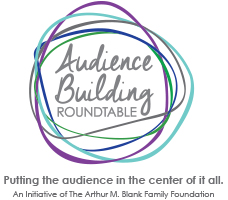By John Turner, President, Turner Research Network
As arts and culture organizations go forward with a data-driven approach to building audiences, one element of this is to generate information from your audience through surveys. We want to know who the audience members are and what they think about the performances or the exhibitions or the venues. We want to know about their experience with us.
Here are some tips about managing that process.
